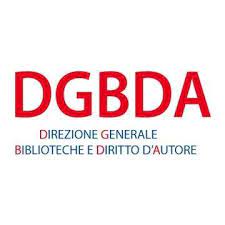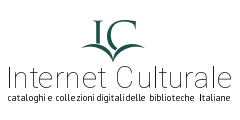Percorso pagina:
Il Codice Fiorentino della Biblioteca Medicea Laurenziana
The Florentine Codex preserved in the Medicean Laurentian Library in Florence refers to three volumes (Med. Palat. 218-220) dating back to 1577, which are among the most important sources for the history of pre-Columbian Mexico and the early years of the Spanish conquest. The Codex contains the “Historia General de las cosas de Nueva España” (General History of the Things of New Spain), an encyclopedic work compiled by Friar Bernardino de Sahagún (1499-1590), who arrived in Mexico as a missionary after Hernán Cortés’ conquest. It came into the possession of the Medici by 1588, probably as a gift, managing to survive the requisition ordered by the King of Spain, Philip II. The text is arranged in two columns, in Spanish and Nahuatl, the language of the Aztecs. The work, in 12 books richly illustrated by indigenous artists (with nearly 2,500 illustrations), covers all aspects of Aztec civilization, from religion to civil, economic, and social life, from mythology to natural history (with numerous pages dedicated to the description of plants and animals), up to the Spanish conquest and the fall of Tenochtitlán. In 2015, the Florentine Codex was included in UNESCO’s Memory of the World Register.
An initial digitization of the codex was part of a project conducted in collaboration between the Library of Congress and the Medicean Laurentian Library, within a broader partnership with the Ministry of Culture. Financial support was provided by the Madison James Council of the Library of Congress. The digital version of the Florentine Codex has been available online since 2012 on the World Digital Library (WDL) portal, a multilingual and multicultural global digital library designed and managed by the Library of Congress with UNESCO’s sponsorship. The WDL is based on an unprecedented collaboration of over 160 libraries, museums, and archives from 75 different countries and aims to make the most important treasures of these institutions available online. Currently, the WDL allows documents to be consulted in 87 languages, and nearly all 194 UN member states are represented. Besides the Florentine Codex, the Medicean Laurentian Library contributes to the WDL project with the collection of Corvinian Codices and the famous Amiatina Bible manuscript, realizing a mutual expansion of interinstitutional horizons and promoting widespread knowledge of its collections.
A second digitization of the Florentine Codex was part of a much broader project conceived by the Getty Research Institute in Los Angeles, for which an agreement was signed with the Medicean Laurentian Library in 2019. The interactive digital humanities project provided, in addition to the complete digitization of the codex, the ability for scholars to navigate within the codex by topic, also benefiting from the transcription of the text.
Although the Florentine Codex was already digitally available through the WDL, it remained impenetrable to most users, as its reading required knowledge of Nahuatl and 16th-century Spanish, as well as pre-Hispanic and early modern European artistic traditions. For this reason, since 2016, the Getty Research Institute has collaborated with institutions and scholars in Italy, Mexico, and the United States to create a complete digital edition of the codex that could be explored even by non-experts. This involved working with Nahuatl language experts, scholars of Mexican and Spanish colonial history, and computer engineers. The goal of the Digital Florentine Codex was to bring together the three narratives—the two alphabetic texts and nearly 2,500 hand-painted images—into a format that made them easily accessible to the public through keywords that allowed searching texts and images in various languages. The digitized codex is presented along with Nahuatl and Spanish transcriptions and English translations of both texts. The Getty Research Institute will also produce an independent study of Book 12 of the Florentine Codex, a sort of digital anthology of new academic research that will foreground indigenous perspectives on the conquest. Users will also be able to listen to audio recordings of the Nahuatl text and access summaries in contemporary Eastern Huasteca Nahuatl.
Il Codice Fiorentino or Historia General de las Cosas de Nueva España,
can be found at the following addresses:
World Digital Library
Available Online, Medicea Laurenziana Library, Florence | Library of Congress (loc.gov)
Digital Florentine Codex (Getty Research Institute)
https://florentinecodex.getty.edu/
Nuova Teca digitale of the Medicean Laurentian Library
https://tecabml.contentdm.oclc.org






